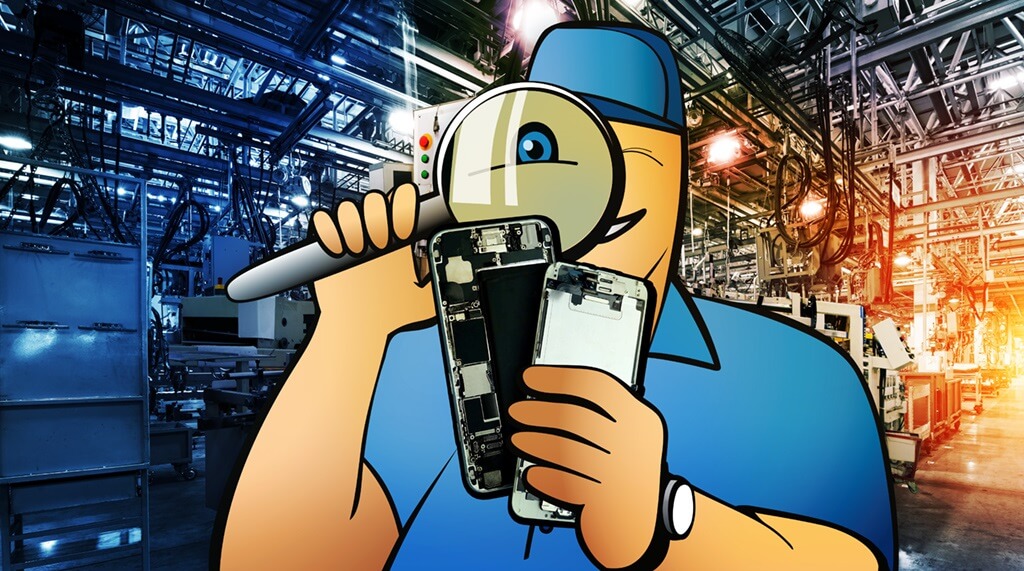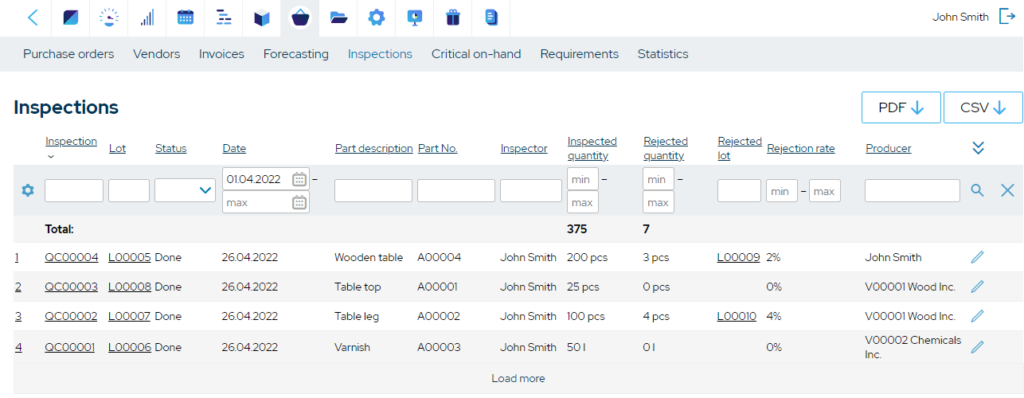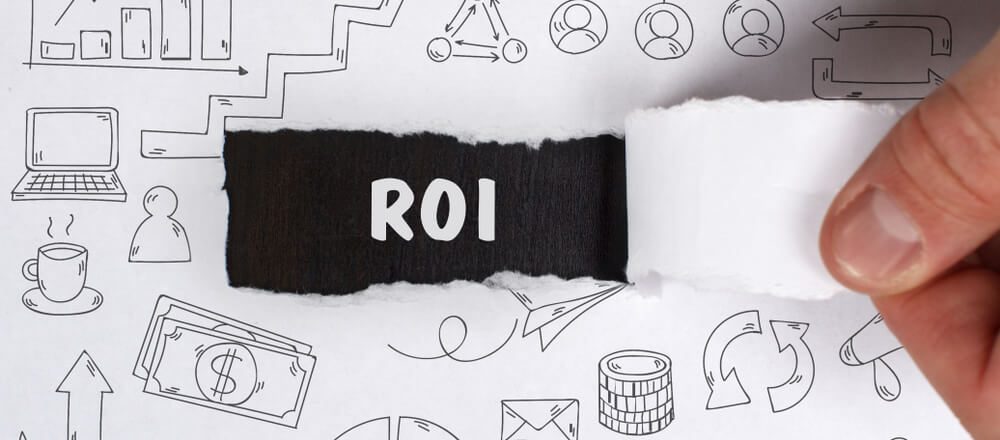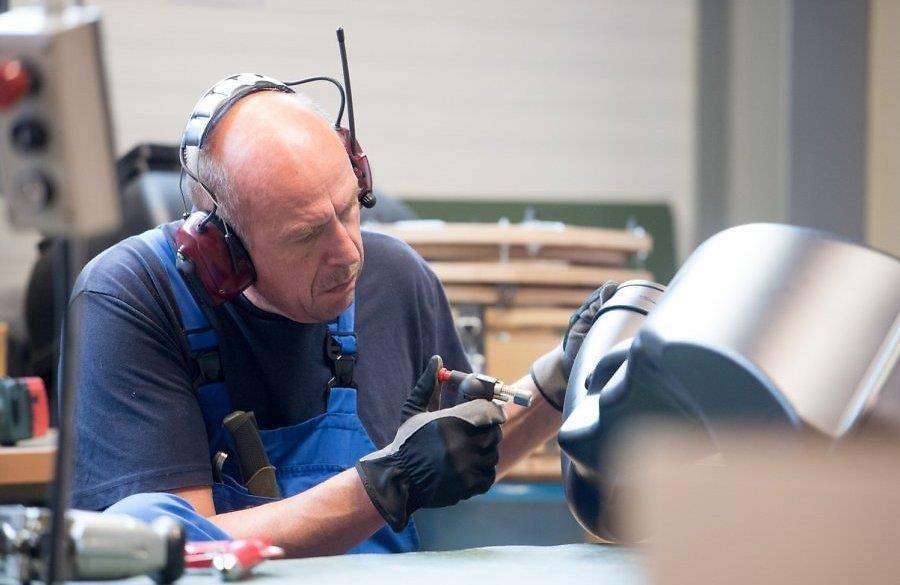Manufacturing Defects – Types, Examples, and Tips
Manufacturing defects are deviations from the intended design of a product that appear during the production process. It is critical for manufacturers to minimize the risk of defects and ensure a smooth returns management process for when defective products do end up in the hands of the customer.

You can also listen to this article:
What is a manufacturing defect?
A manufacturing defect is a deviation from the intended quality and specifications of a product that occurs during the manufacturing process. A defect can consist of a wide range of issues, from inaccurate dimensions and surface imperfections to problems arising from subpar materials or errors during assembly.
Defects can impair a product’s aesthetic qualities, performance, durability, and safety. As customers expect their purchased items to look and function as promised, it is vital for manufacturers to minimize the risk of defective products reaching the consumer.
Why are manufacturing defects a serious issue?
Manufacturing defects can lead to an array of problems, especially if the defective products end up in the hands of consumers. Here are some issues that defects can cause:
- Scrap or rework. When defects are discovered, products may need to be scrapped, which means they cannot be sold and result in a financial loss. Alternatively, rework may be necessary to fix the defects, which can be time-consuming and costly.
- Safety concerns. Some defects can pose safety hazards to users, potentially leading to accidents and health issues. This not only endangers customers but also exposes manufacturers to legal liabilities.
- Costly recalls. If defects are discovered after the products have been distributed to the market, recalls may be necessary to correct the issue. Product recalls can be very expensive and can include costs for replacement, warranty repair, and communication with affected customers.
- Loss of reputation. Repeated defects or high-profile recalls can tarnish a company’s reputation. A damaged reputation can be difficult to rebuild and may lead to a loss of trust from customers and stakeholders.
In conclusion, manufacturing defects not only constitute a waste problem, but can lead to serious issues like personal injury, health risks, and product liability lawsuits.
Manufacturing defects vs. design defects vs. marketing defects
There are three main types of defects that may occur in a manufacturing company:
Manufacturing defects are caused by errors made during the manufacturing process. These may include dimensional inaccuracies, scratches, dents, material deficiencies, assembly errors, inadequate sealing, paint or coating issues, packaging defects, and any other deviation from the intended design that came into life on the shop floor. Manufacturing defects usually affect a single product or batch at a time.
Design defects differ from manufacturing defects as they originate in the product’s initial design phase. These defects occur when the product’s design, regardless of how well it is manufactured, inherently possesses flaws that compromise its intended function, safety, or quality. For example, a smartphone could be designed with a battery that tends to overheat due to its specifications. No matter how perfectly this smartphone is assembled, the design flaw puts every unit at risk of overheating. Design defects affect entire product lines, and they require redesigning and re-engineering to rectify, often resulting in costly recalls.
Marketing defects are distinct from both manufacturing and design defects, as they stem from how a product is marketed or presented to consumers. This may involve issues related to false advertising, inadequate warning labels or instructions, or misrepresentations of a product’s capabilities. For example, if a dietary supplement is marketed as a miracle weight loss product without adequate scientific evidence, it can be considered a marketing defect. Marketing defects can lead to product liability claims, lawsuits, and regulatory issues, and they may require the product manufacturer to revise their marketing materials and practices to comply with consumer protection laws.
Manufacturing defect types and examples
Manufacturing defects come in many different forms. Here are some of the categories of defects that occur in production, divided into those characteristic of discrete or process manufacturing.
Defects characteristic of discrete manufacturing
Discrete manufacturing involves the production of distinct items that can be disassembled after they have been manufactured. Here are some types of defects that may occur in discrete manufacturing:
- Dimensional defects involve variations in measurements or dimensions of components or products, resulting in deviations from the intended specifications. For example, in automotive manufacturing, a car door may be slightly larger or smaller than the specified dimensions, meaning that the door would be unusable.
- Warping or distortion defects occur when changes in shape or structure happen due to errors during manufacturing processes, impacting product functionality and aesthetics. For example, in metal fabrication, a sheet of metal may warp during welding, causing misalignment in the final product.
- Surface defects involve imperfections on the exterior of products, such as scratches, dents, blemishes, or finishing issues such as paint peeling and bubbling. For example, smartphones may have surface defects like scratched screens or chipped casings.
- Material and composition defects result from issues with the quality or composition of materials used in production, affecting product performance and durability. For example, a defective batch of aluminum alloy may lead to structural weaknesses in aircraft components.
- Assembly and joining defects involve errors during the assembly process, such as incorrect component placement, fastening errors, or welding problems. For example, an improperly fastened chair leg may lead to stability issues.
- Component defects are issues caused by individual parts used in the assembly of the final product. For example, electronic component defects may lead to loss of functionality and reliability in electronic devices.
Defects characteristic of process manufacturing
Process manufacturing involves mixing together multiple ingredients or altering them chemically, biologically, or physically to create finished products without the possibility of reversing the production process. Here are some of the defect types experienced in process manufacturing:
- Composition variations refer to inconsistencies in the proportion or quality of ingredients used in the manufacturing process. These variations can result in products that do not meet the desired specifications. For example, in pharmaceutical production, variations in the concentration of active ingredients can lead to inconsistent medication potency from one batch to another.
- Color or flavor irregularities occur when the appearance or taste of a product varies from the expected standard. These defects can be especially critical in industries like food and beverages where sensory attributes are crucial. For example, in soft drinks manufacturing, variations in the syrup-to-carbonation ratio can result in flavor irregularities. Some bottles may have a stronger or weaker flavor profile than the standard formulation, which can lead to customer complaints.
- Texture problems relate to issues with the physical feel or consistency of a product. These defects can affect the product’s sensory appeal, especially in the food industry. For example, in the production of dairy products like yogurt, texture problems can manifest as undesirable graininess or clumping due to issues with the fermentation process.
- Subpar ingredients can result in defects in the final product. This defect type often stems from poor supplier selection or quality control. For example, in pet food manufacturing, using low-quality meat or grains can lead to products with inadequate nutritional value and lower quality.
- Contamination defects involve the introduction of foreign substances or impurities into the product during the manufacturing process. Contamination can compromise product safety and quality. For example, unsanitary conditions in food manufacturing facilities can lead to outbreaks of foodborne bacterial infections such as salmonella or listeria.
Classifying defects according to their severity
During quality control, the discovered defects are typically classified according to their severity. Some defects may be unnoticeable by the consumer while others may demand immediate action, like rejecting a materials delivery or stopping the production line.
- Minor defects do not affect the function, form, performance, or safety of the product. These are mainly minor issues related to the visual appearance, and the touch and feel of the product. A single minor defect is barely noticeable, so usually a product is not considered defective if it has a few of them.
- Major defects have strong effects on the functionality or the visual appearance of the product. Even a single major defect will in all likelihood be discovered by the consumer and will probably result in a complaint and/or a refund.
- Critical defects are the most serious ones, as these render the product completely unusable or may even cause harm to people, e.g. the user, or anyone handling it. Such products must be immediately removed from production, separated, and labeled accordingly.
How to minimize manufacturing defects?
Manufacturers can do a lot to prevent manufacturing defects from occurring and keep defective products from ending up in the hands of the consumer. Taking proper quality assurance and quality control measures and ensuring traceability in the supply chain is key to minimizing the risk of repercussions related to defective merchandise. Here are 5 basic steps to preventing manufacturing defects:
1. Standardize your processes
Process standardization sets the basis for reducing manufacturing defects as the goal of standardization is to make processes and their results repeatable. Clearly define your product parameters and specifications, bills of materials, and production routings, and make easy-to-follow instructions and the correct tools available at each workstation.
2. Train your employees
Well-trained employees are essential for maintaining quality standards. Provide comprehensive training to employees on standardized processes, quality checks, and best practices. Establish benchmarks to assess product quality on an ongoing basis. Offer ongoing training to keep employees updated on new procedures and technologies.
3. Track the quality of materials and finished products
Monitoring material and product quality is also critical in defect prevention. Regularly inspect and test incoming materials and components to ensure they meet quality specifications. Communicate with suppliers regarding their performance. Implement quality control checks at different production stages to detect defects early. Use MRP software to consistently track the quality of both incoming and manufactured goods.

4. Ensure traceability
Traceability enables you to trace back a defect to the batch it originated from and to identify the cause of the defect. Use MRP software’s lot tracking and serial number tracking capabilities to keep tabs on where specific material lots were used and where the affected products ended up. Systemize and simplify your returns, repairs, and recall management with MRP software’s return merchandise authorization (RMA) functionality.
5. Perform regular maintenance
Regular maintenance, including cleaning, of equipment and machinery is vital for defect prevention. Schedule and track maintenance tasks using MRP software to ensure equipment is serviced regularly or after a certain number of uptime hours. Implementing preventive maintenance routines enables you to address potential issues before they lead to defects or production disruptions.
Key takeaways
- Manufacturing defects are deviations from the intended quality and specifications of a product that occur during production. They encompass a wide range of issues, from dimensional inaccuracies to material deficiencies.
- Manufacturing defects can lead to a series of critical issues, including financial losses due to scrap or rework, safety concerns, costly recalls, and damage to a company’s reputation.
- Besides the nature of the defect, defects are typically classified by severity, ranging from minor defects that have minimal impact to critical defects that can cause harm.
- To minimize manufacturing defects, manufacturers should standardize their processes, train employees, track material and product quality, ensure traceability within the supply chain, and perform regular equipment maintenance.
Frequently asked questions
Manufacturing defects are deviations from the intended quality and specifications of a product that occur during production.
An example of a manufacturing defect is a smartphone with a scratched screen due to an error during the assembly process.
Depending on the classification method, the three types of defects are either:
a) Manufacturing defects, design defects, and marketing defects
b) Minor, major, and critical defects.
Two common defects in manufacturing are dimensional inaccuracies and surface imperfections.
You may also like: How to Eliminate Bottlenecks in Manufacturing?




